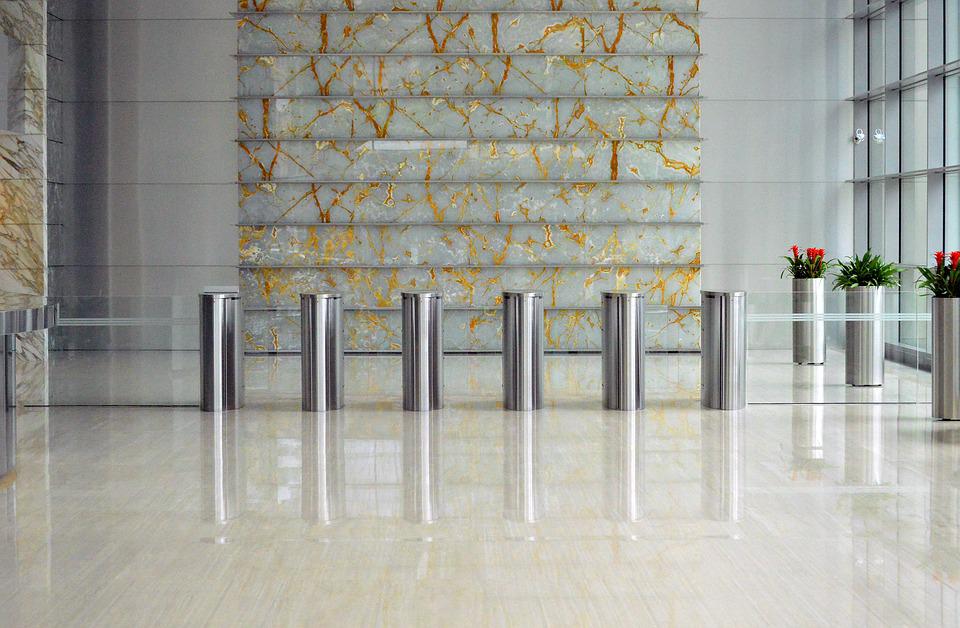Lots of organizations are using the term “hybrid” to describe their approach to work and collaboration that include people in the office and those that are not. The word hybrid really refers to a condition that is a combination of two things – like a hybrid car that runs on electricity and gas or a hybrid rose that is made from two different roses. In today’s world, we most often use the term hybrid to refer to the combination of working from the office and working remotely from home.
What started as a response to the pandemic has turned into a new work phenomenon – and we are spending a ton of energy figuring out how to engage productively with both face-to-face and virtual participants.
Today I want to open the conversation up a little further because I recently saw the term “multi-access”, and I think it inspires a larger discussion.
When I saw the term multi-access, it was used in reference to communities where the concern is bigger than just where participants sit. Multi-access referred to how and when people engage, which opens up a much broader discussion. It creates a more open framework that asks “what is possible?”.
Hybrid is more focused on technology, Multi-access is more focused on people. The language shift also encourages thinking about accessibility, diversity, and mobility.
This Is a huge topic so I’ll just hit a few areas to begin the conversation….
Engagement happens in different ways, spaces, times, and differently for differently abled people. When we put people at the center of our thinking we get a much broader view of what is important.
Open up your imagination and consider that there are more than just two ways to gather. Hybrid implies simultaneous access, but engagement in meetings, events, learning opportunities, can be asynchronous. Also consider your access points – is your communication and engagement equitable and inclusive?
Make sure your tools meet the needs of everybody and be sure to activate the features that are available. I recently turned on the closed captioning options in my Zoom account which will allow any participant to access it without asking permission. How about a sign language interpreter at your next all hands meeting?
For an excellent list of access design suggestions meant to remove barriers, check this out: https://www.washington.edu/doit/equal-access-universal-design-your-presentation
The most overlooked or neglected forms of accessibility are informational and cultural. This is especially important now that hiring and growth are not limited to the location of the organization. I was facilitating a team building event in VR a few weeks ago that had participants from all over the world.
Businesses need to ensure that all team members can communicate and collaborate regardless of time, language or cultural differences. Consider encouraging a culture of transparency and candor by building time for teams to talk about how they resolve conflict, how they debate, and how they can offer different perspectives. Ensure each team member’s culture is respected by implementing the LEARN acronym: Listen, Effectively communicate, Avoid ambiguity, Respect differences and No judgment.
Language and cultural accessibility is one of the powerful reasons to try Lego Serious Play – it equalizes positional, cultural, and language challenges by enabling teams to communicate using their hands. Explore culturally appropriate communication methods that address language barriers and be sensitive to cultural blind spots.
Make people feel their differences are valued and that they are part of the conversation. Take the time to learn about the unique norms and communication styles of the other cultures represented in your company. Using plain English, short sentences, and providing clear instructions helps. Inclusive language is free from words and phrases that might cause someone to feel excluded or offended. For example, using ‘chair’ or ‘chairperson’ rather than ‘chairman’ keeps the communication gender-neutral, avoiding gender stereotypes, and is respectful to chairs who are male, female, or non-binary.
The concept of multi-access opens the discussion of communication, collaboration, and connection to a whole new level. Consider what your participants need in order to engage by being sensitive to different time, place, abilities, language, and culture.
Huge topic, I know…
Keep the participants in the center of your thoughts, and continue to ask, “what is possible?”
If you want specific strategies and designs to build accessible engagement for meetings, training, and collaboration, please reach out to me at connect@engagingplay.com – accessibility is worth the effort!


Recent Comments